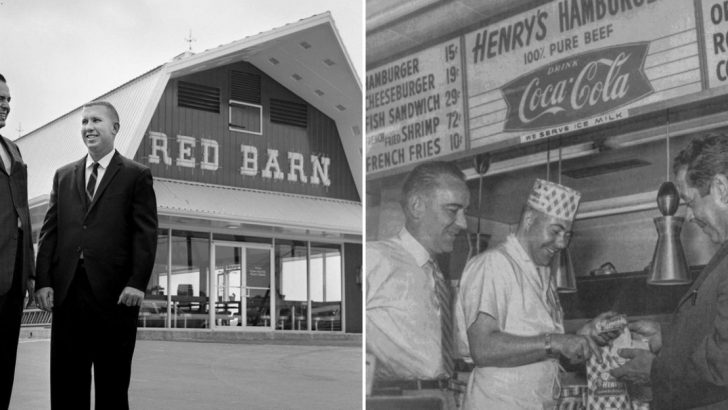In the golden age of the American roadside, neon signs lit the sky and chain diners served up meatloaf, milkshakes, and memories.
These restaurants weren’t just places to eat—they were woven into road trips, family nights out, and after-school rituals.
Some were known for their quirky mascots or bottomless fries, others for table-side singing or dishes you couldn’t get anywhere else. Time moved on, but the stories—and flavors—still linger.
1. Howard Johnson’s
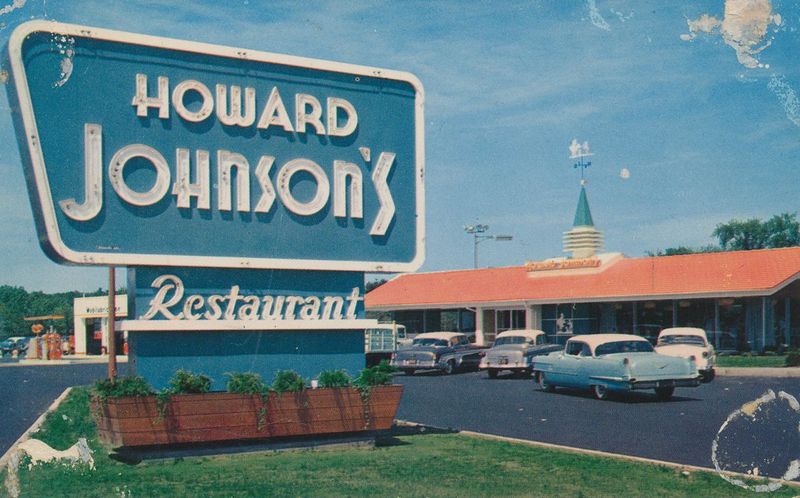
With its orange roofs and 28 ice cream flavors, Howard Johnson’s was the king of highway dining. It became a symbol of mid-century Americana, offering consistent meals across the country.
As fast food giants rose, its charm began to fade. By the 2000s, the final few locations quietly shuttered.
2. Burger Chef

Known for inventing the “Funmeal” before Happy Meals existed, Burger Chef was a major player in the ’60s burger boom. Their burgers were juicy, the fries crisp, and the packaging always playful.
Despite its early success, it couldn’t keep up with McDonald’s and Burger King. It was eventually sold off and rebranded.
3. Sambo’s
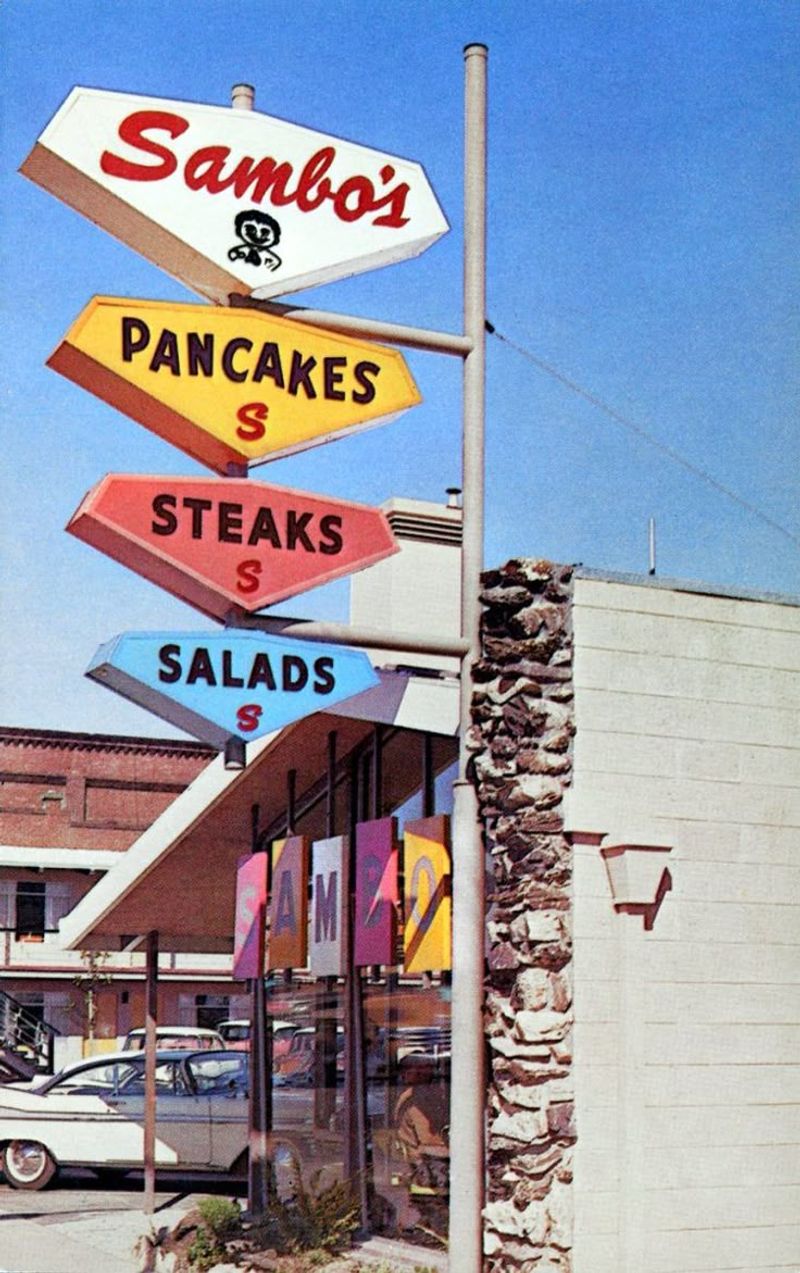
With its bright decor and pancakes served day and night, Sambo’s once had hundreds of locations. It felt like a cozy, colorful breakfast nook for families on the go.
Public backlash over its racially insensitive name and theme grew in the ’70s. Most were renamed or closed entirely by the ’80s.
4. Red Barn

haped like a literal barn, this chain was hard to miss. Known for their “Big Barney” burger and deep-fried apple pies, it had a devoted following.
Corporate shuffling and franchising battles eventually pulled it apart. Today, only the memories—and a few converted buildings—remain.
5. Gino’s Hamburgers

Started by NFL legend Gino Marchetti, this East Coast chain had a loyal base. Famous for its hamburgers and partnership with Kentucky Fried Chicken, it served big flavor fast.
By the ’80s, it was bought out and mostly erased. A few modern revivals exist, but the originals are long gone.
6. Doggie Diner
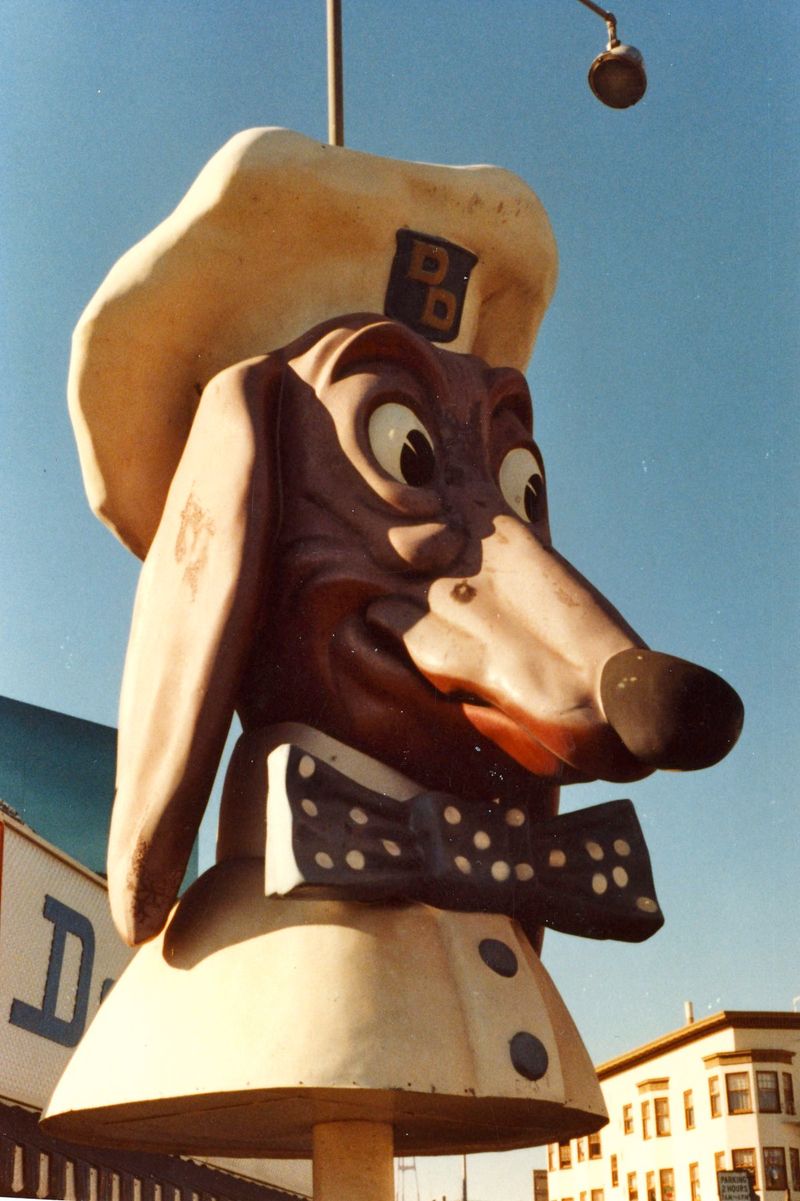
Its giant dachshund-head signs became San Francisco icons. The menu was packed with hot dogs, chili, and thick shakes that made the post-movie crowd swoon.
Rising rents and changing tastes pushed it out by the ’80s. One of the dog heads now sits as a local landmark.
7. Henry’s Hamburgers
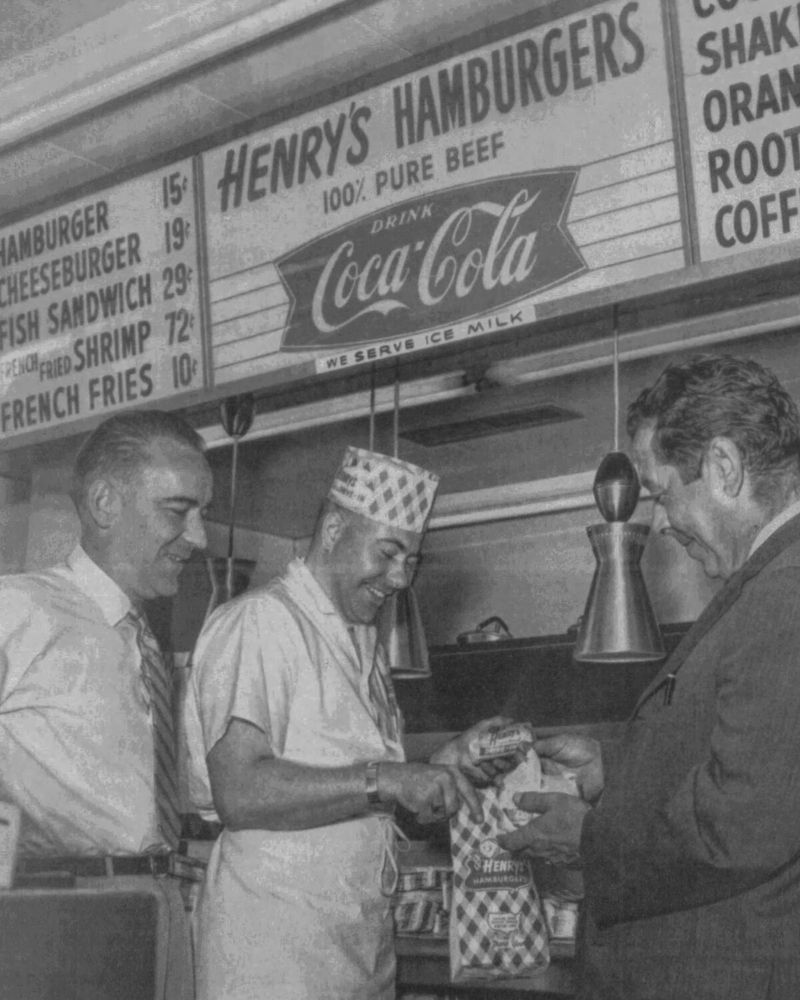
A budget-friendly competitor to McDonald’s, Henry’s advertised “a meal for a dollar.” Their catchy slogans and speedy service made them a hit in the Midwest.
Rapid expansion led to quality control issues. Most closed by the late ’70s, leaving behind nostalgic jingles and faded signs.
8. Winky’s
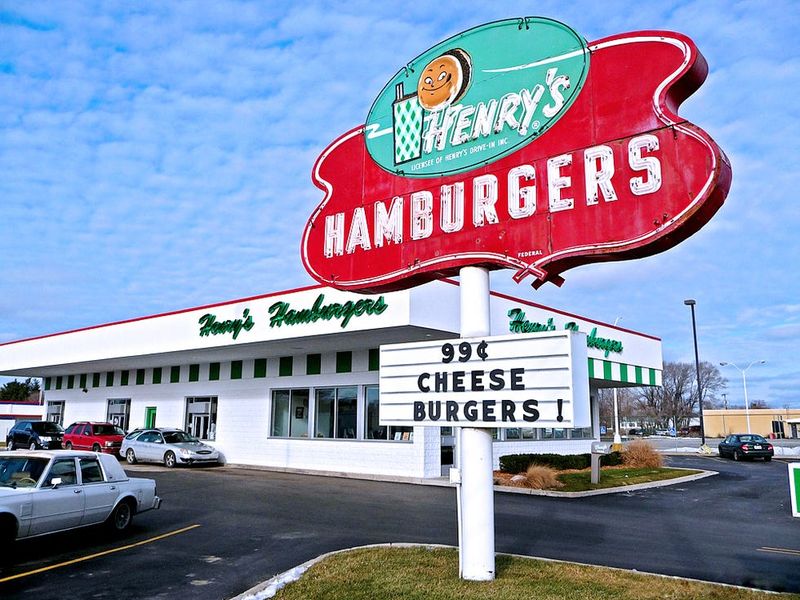
With its catchy “Fast Food Cheap!” slogan, Winky’s fed hungry families across Pennsylvania and Ohio. Their fries were thick, and the burgers grilled to order.
As national brands expanded, it struggled to compete. One by one, locations closed until the brand quietly vanished.
9. Sandy’s
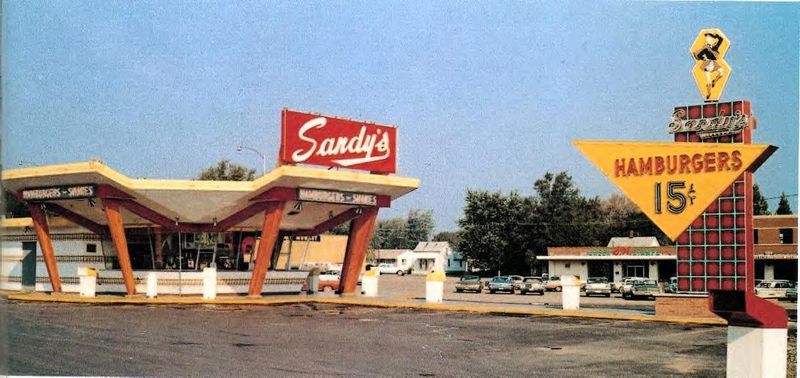
Started by McDonald’s former execs, Sandy’s aimed to do fast food with a friendlier touch. Their root beer and burgers had a devoted fanbase in the Midwest.
Eventually, it merged with Hardee’s, erasing its name from the map. But for locals, it was the better burger.
10. Beefsteak Charlie’s
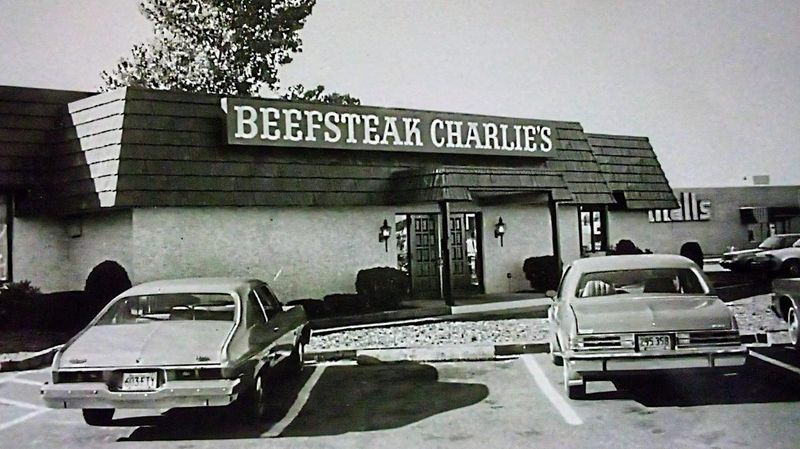
Known for steak, salad bars, and “all the beer, wine, or sangria you care to drink,” this place was pure 1970s indulgence. The atmosphere was rowdy and relaxed.
Loose business practices and changing health habits led to its downfall. It became a punchline, then disappeared.
11. Horn & Hardart

The original automat, this place let diners grab food from little glass doors with coins. It was futuristic, affordable, and oddly peaceful.
Once considered cutting-edge, it lost steam as diners favored drive-thrus. The last automat closed in the ’90s, ending a unique chapter in dining history.
12. Childs Restaurants
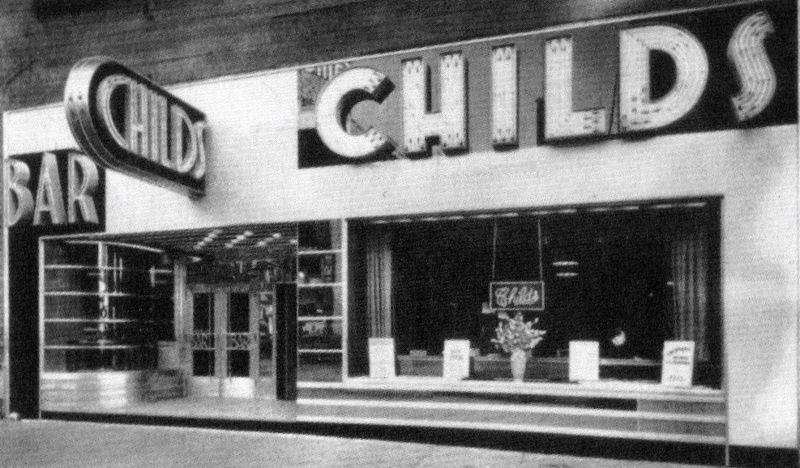
One of the earliest national chains, Childs brought clean, affordable food to bustling cities. Their tiled interiors and straightforward menu felt comforting and consistent.
As newer chains modernized, Childs failed to evolve. It faded quietly, though some of its original buildings still stand.
13. Lum’s
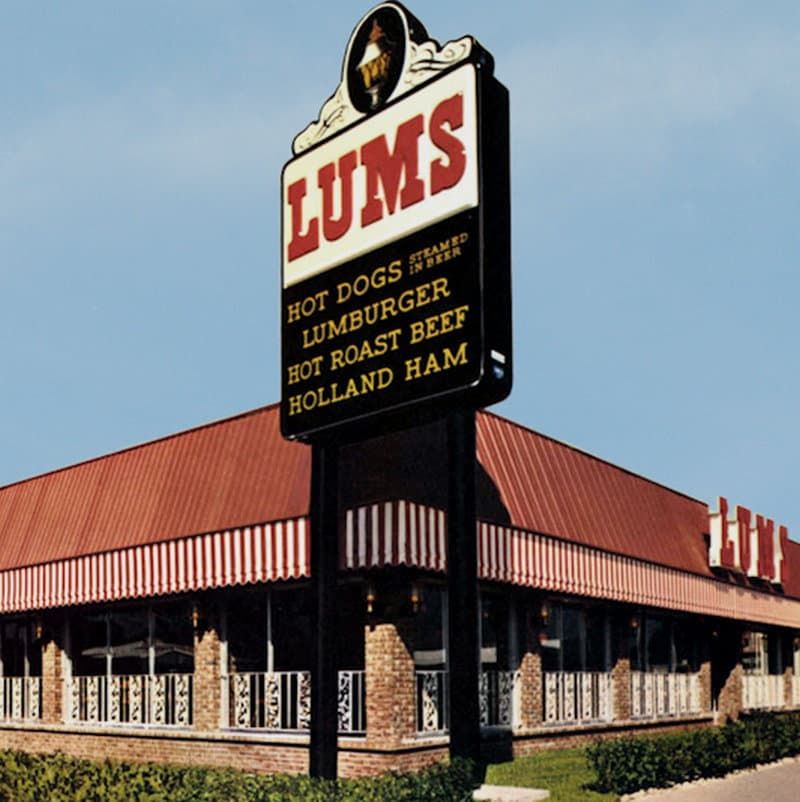
Where else could you get a hot dog steamed in beer? Lum’s blended diner classics with weirdly wonderful ideas—and it worked.
It grew fast in the ’60s, even owning Caesars Palace for a time. But by the ’80s, a new owner’s missteps sealed its fate.
14. White Tower
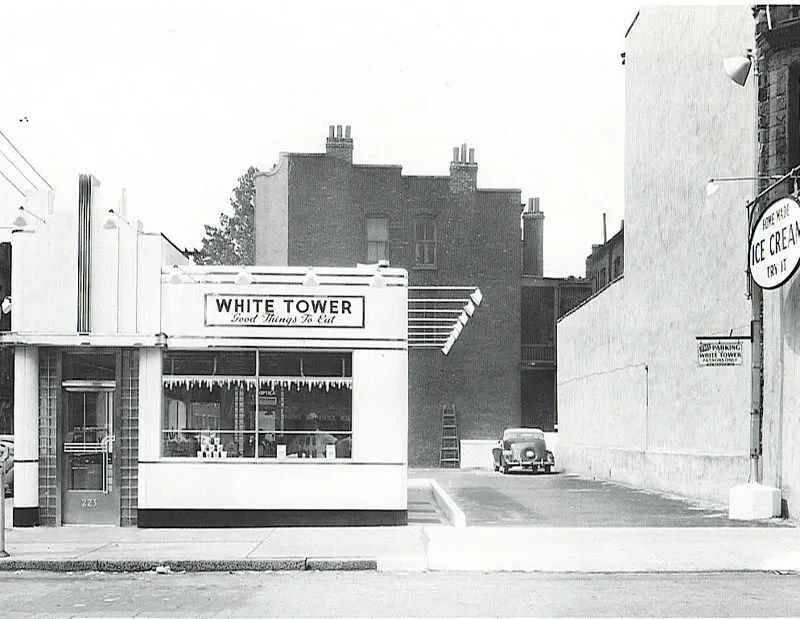
Often confused with White Castle, this chain had a similar aesthetic—tiny burgers, tiny buildings. It was a pioneer in the slider game.
Legal battles and aggressive expansion took their toll. Eventually, the towers crumbled.
15. Naugles
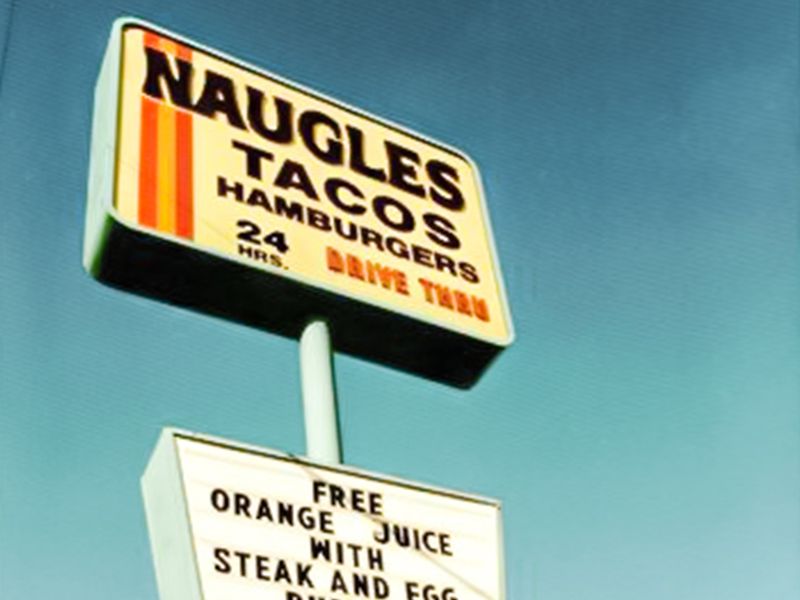
A beloved West Coast taco and burger spot, Naugles was the late-night hero of the ’60s and ’70s. The menu was simple, fast, and strangely perfect.
Merging with Del Taco changed everything. Fans still petition for its return.
16. Pup ’N’ Taco
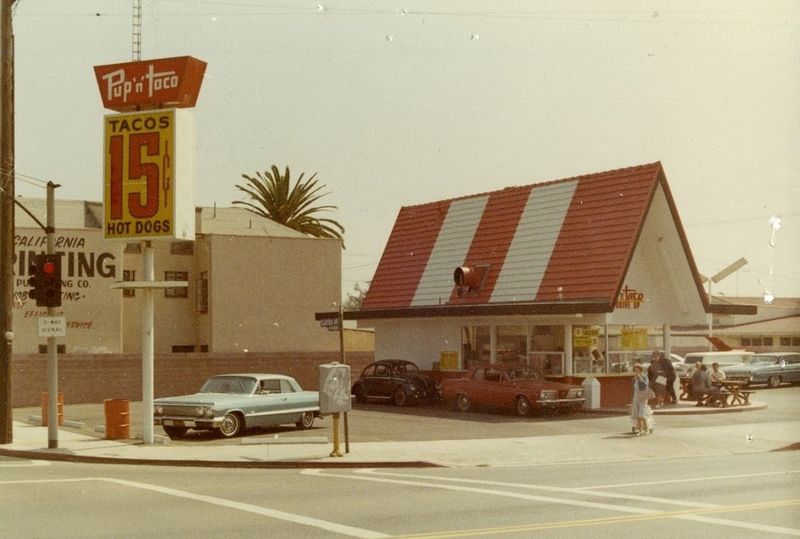
Hot dogs, tacos, and cherry slushies made this California chain feel like summer all year. The vibe was retro, the food fun, and the name unforgettable.
Taco Bell bought most locations in the ’80s. Only the memories—and vintage signs—remain.
17. Isaly’s
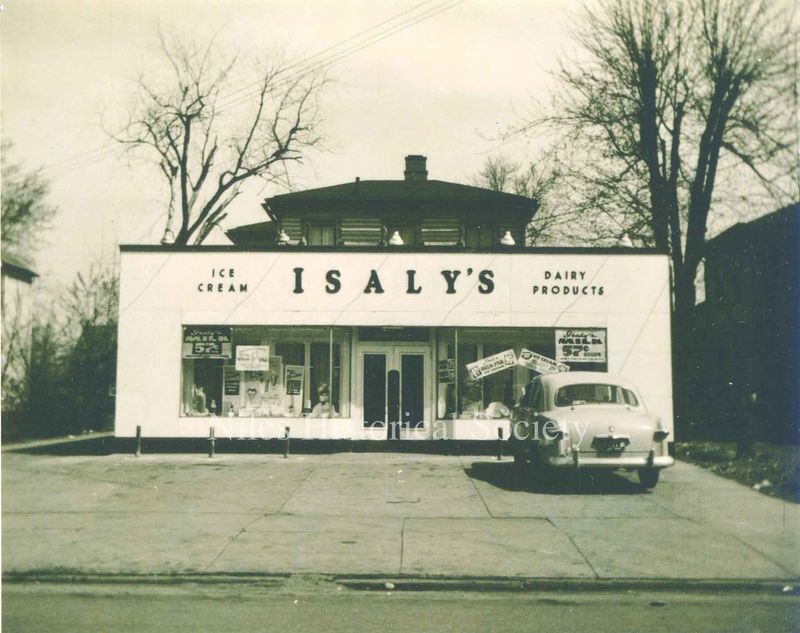
Part deli, part ice cream parlor, Isaly’s was famous for chipped ham and Skyscraper cones. Families came for lunch and lingered for dessert.
It thrived in the Midwest but couldn’t keep up with modern chains. A few products still live on in grocery stores.
18. Hot Shoppes
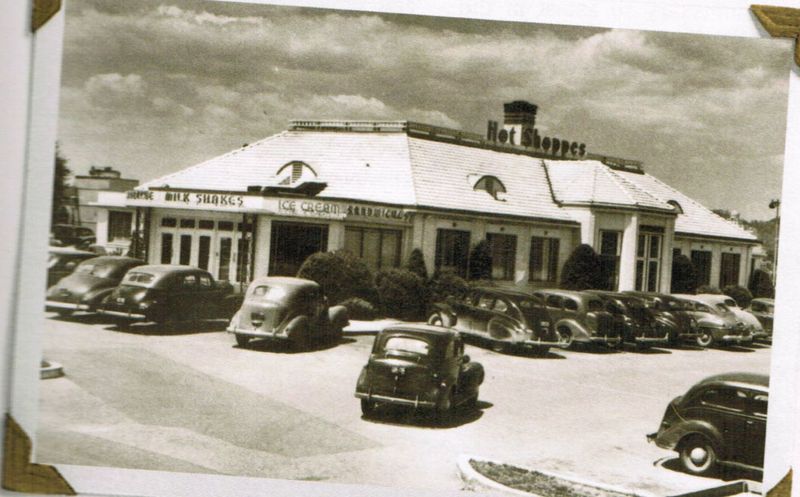
Started by the Marriott family, Hot Shoppes began as curbside service with trays on car windows. Its thick milkshakes and meatloaf platters kept customers coming back.
The Marriotts shifted to hotels, and the restaurants faded out. But the brand helped build a hospitality empire.
19. Casa Bonita
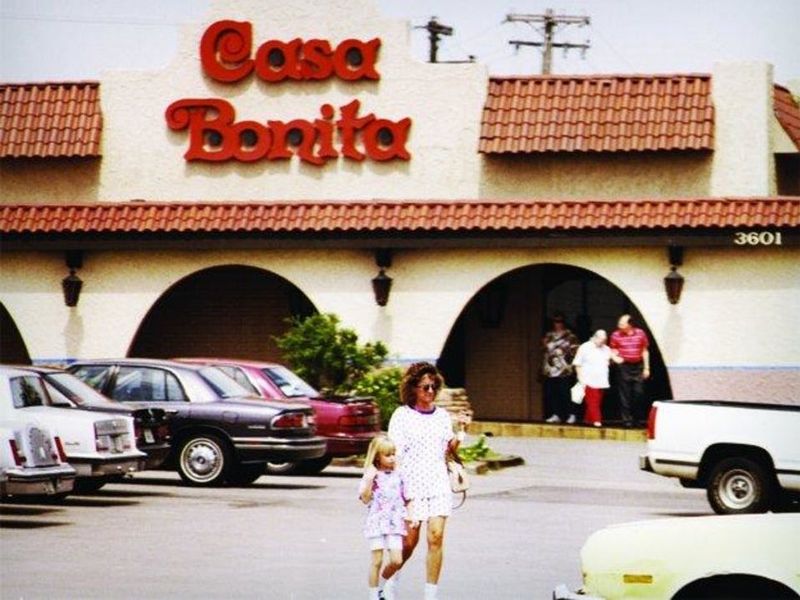
Part Mexican restaurant, part theme park, Casa Bonita had cliff divers, caves, and indoor waterfalls. The food was average, but the experience? Unforgettable.
Financial troubles and dated decor led to its closure. A recent revival is underway, thanks to devoted fans and a little help from pop culture.
20. Chi-Chi’s

For many, Chi-Chi’s was their first taste of “Mexican” food—cheesy, mild, and served with endless chips. Margarita nights were legendary.
Health scares and changing tastes pushed the chain into bankruptcy. Its salsa still lives on in grocery stores, long after the last combo plate was served.

